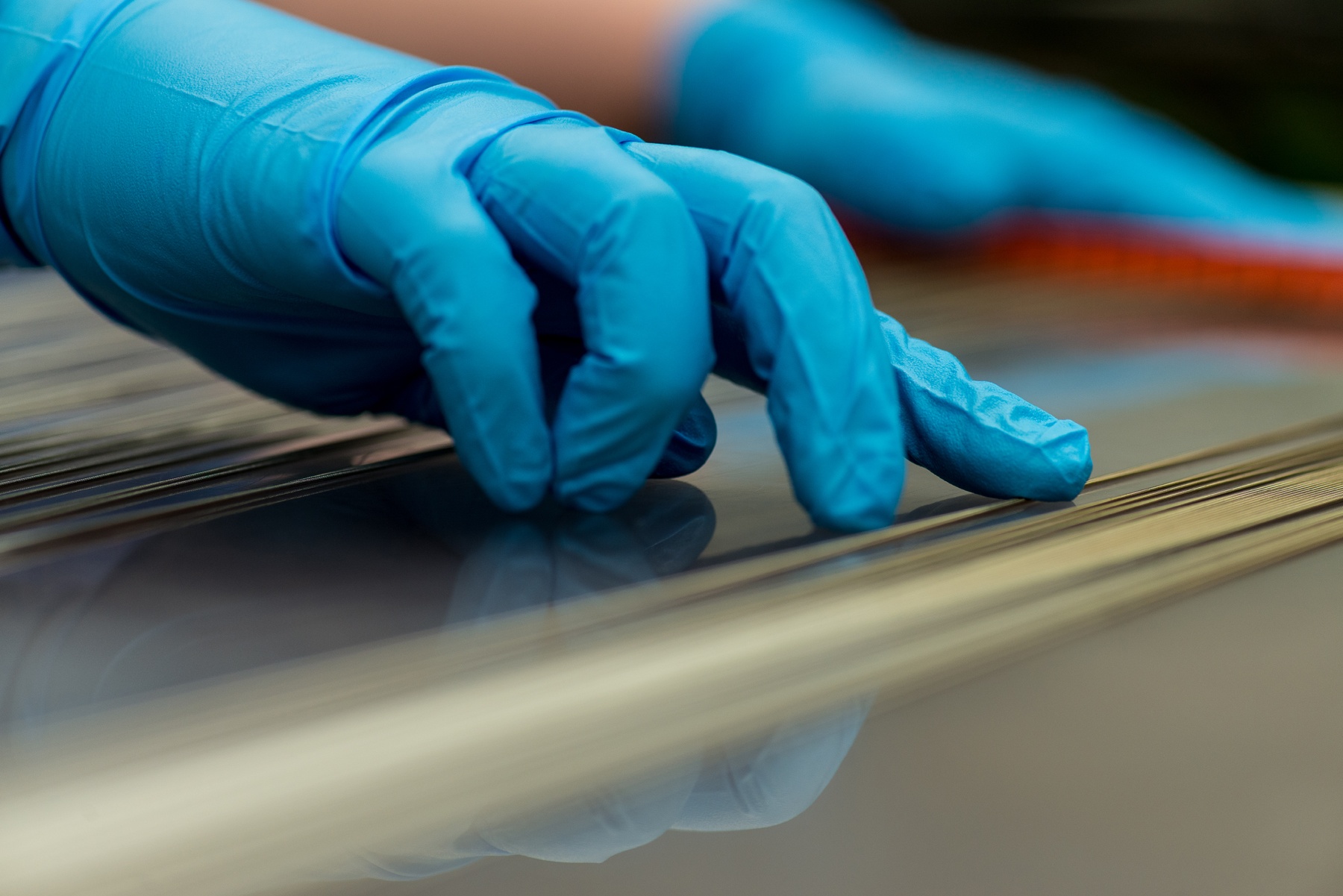With all of the new technologies available, medical device coatings are becoming more sophisticated in design and structure.
There has been significant development and improvement in the field of medical device coatings. There are new product categories, enhanced functionalities of various devices, and improved patient outcomes. This substantial growth factor is a sign that there has been more reliance on medical device coatings, as well as increased future interest. The therapeutic effect, duration of the therapy, as well as the deliverability, are influence by the type of therapeutic agent that is coating the materials – as well as the means by which the coatings are applied.
Therapeutic Advancements
Therapeutic coatings are being incorporated onto implantable medical devices for a various acute and chronic applications. One of the most common types of medical device coatings is the drug-eluting stent. The polymeric coating on these stents provide a controlled and site-specific delivery of various drugs that lower the restenosis rates found with bare metal stents. This is a huge step for medical device coatings. For one, these advancements have not been available for medical use due to improper research availability. Now that these have been introduced to the medical world, there are more possibilities to maneuver around restrictions.
Recently, angioplasty balloons that are coated with anti-restenotic drugs have been developed in a rapid manner to quickly transfer a therapeutic drug from the device to the arterial site, as well as provide more stability in terms of restenosis control. While there is still room to grow in regards to drug application, it’s hard to deny that medical and PVD coating technologies are en route to a breakthrough.
Denton Vacuum, LLC can help you find the right ebeam equipment for your needs. For more information, visit Denton Vacuum, LLC online today.

